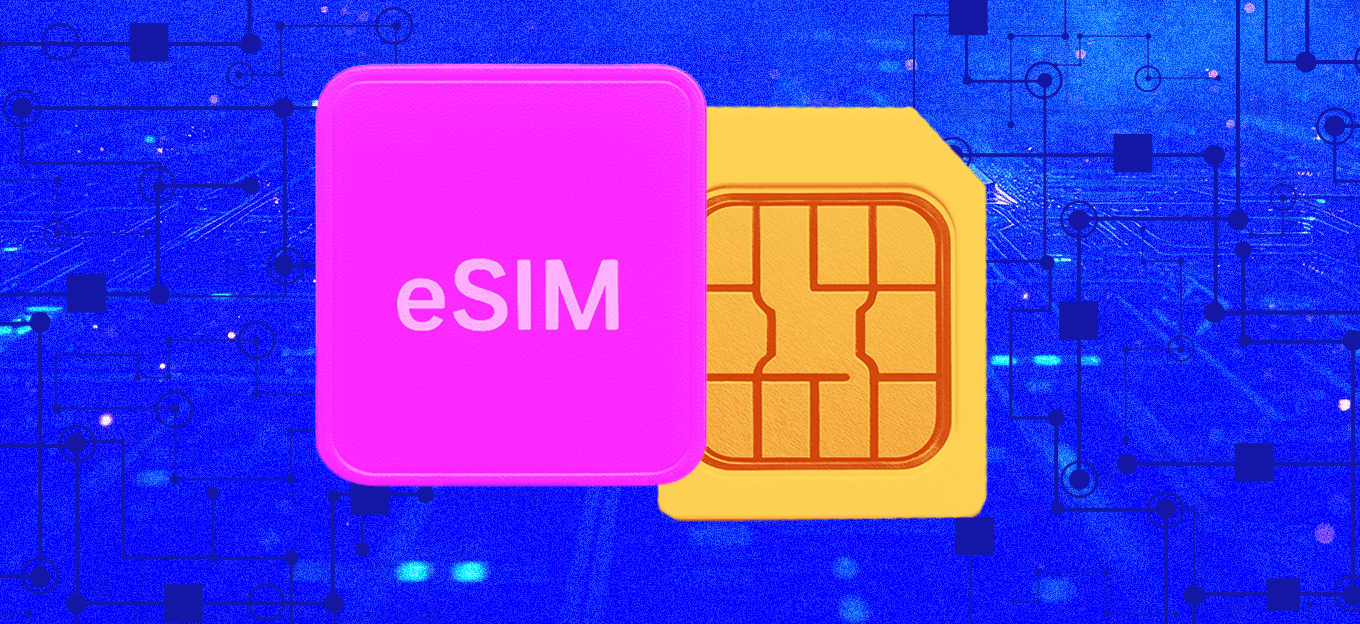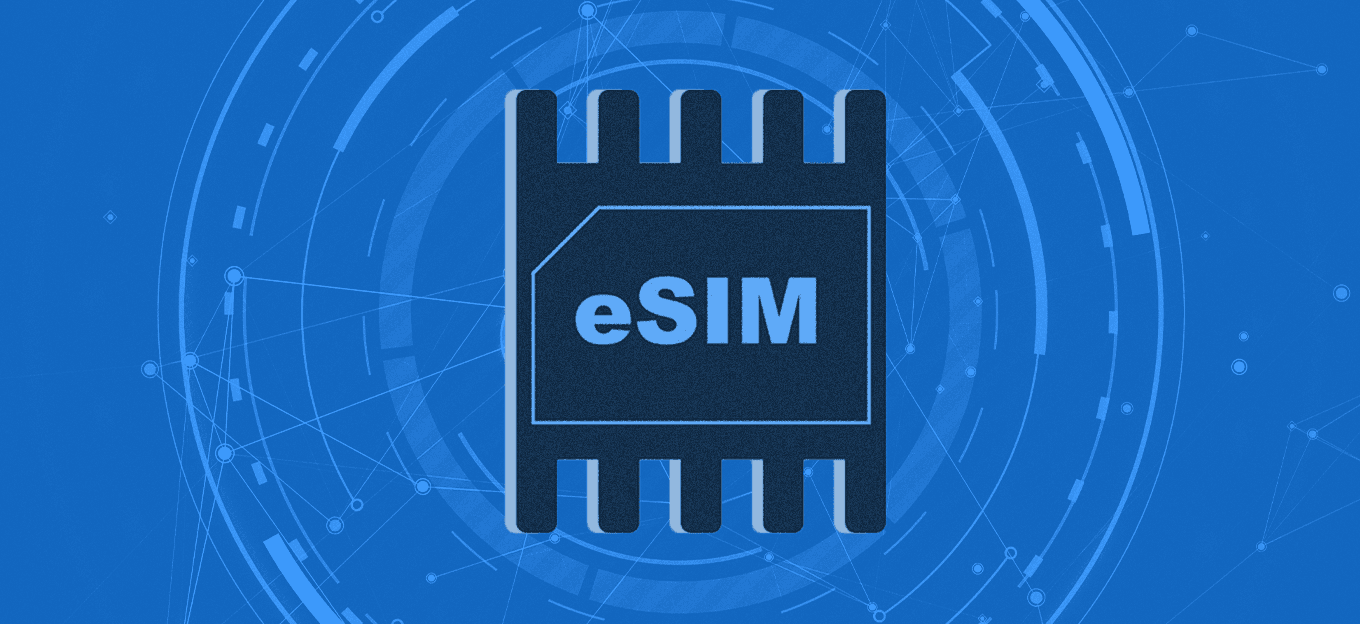eSIM vs. Multi-IMSI: Which One Meets Your Requirements?
eSIM vs. Multi-IMSI: Which One Meets Your Requirements?
- Last Updated: November 17, 2025
Ichwan Soni
- Last Updated: November 17, 2025



IoT companies today must choose between eSIM and Multi IMSI for cellular IoT connectivity. Both provide local access for IoT devices in different regions, but they face distinct technical, deployment, and commercial challenges.
A key part of mobile connectivity is the International Mobile Subscriber Identity (IMSI) number. This unique fifteen-digit number identifies and tracks mobile devices on mobile networks. It includes the Mobile Country Code (MCC), Mobile Network Code (MNC), and Mobile Subscriber Identification Number. Both eSIM and Multi IMSI use IMSI numbers.
This article examines the features of eSIM and Multi-IMSI for IoT use cases. Which solution is right? It depends on the requirements.
eSIM
eSIM starts with an initial profile that can be downloaded over-the-air (OTA). You can later download additional profiles for switching. For M2M eSIM, it has a bootstrap profile that can be used for initial setup. Usually IoT use cases use M2M eSIM. These profiles contain IMSI numbers for network authentication and service access. The primary benefit is that no physical SIM swap is required, which is particularly useful in remote areas.
Sometimes, you need to integrate with a Remote SIM Provisioning (RSP) platform to use eSIM services. This depends on your deployment strategy. You should also consider potential downtime during profile switches.
Multi IMSI
Multi IMSI is a SIM-based application that stores a list of IMSIs from various Mobile Network Operators (MNOs). It includes an MCC list linked to each IMSI. When the eSIM connects to a network, it checks the MCC and uses the right IMSI for authentication.
Multi-IMSI allows seamless switching between local IMSIs, reducing downtime. However, connectivity quality may vary by location, depending on network availability.
Use Cases
Here are three use cases that show how eSIM and Multi IMSI meet different needs in mobile IoT scenarios.
Fleet Tracking
For fleet tracking, minimal downtime and reliable connectivity are crucial. It requires stable, cost-effective connections. In this case, Multi IMSI is the better option. It offers a list of IMSIs from different countries and MNOs, enabling fleet tracking companies to select the most cost-effective IMSI for each location.
POS
Point of Sale (POS) systems require cellular connectivity that can be remotely activated and deactivated. This flexibility is vital, especially since POS devices can move unpredictably. eSIM is ideal in this scenario, as it enables dynamic activation. The smaller eSIM form factor can be embedded in the POS device, thereby enhancing security by reducing the risk of theft.
Connected Cars
Choosing the best solution depends on the vehicle manufacturer's (OEM) needs, geographic coverage, cost, and long-term IMSI switching flexibility. Other features, like OTA updates and SIM lifecycle management, also matter.
Generally, eSIM is better suited for connected cars targeting global markets. It allows OEMs to manage SIM lifecycles flexibly. However, for cars targeting local or regional markets, Multi IMSI may be sufficient due to its simpler deployment.
Ultimately, the user must consider technical, deployment, and commercial factors to choose the solution that best meets their requirements.
The Most Comprehensive IoT Newsletter for Enterprises
Showcasing the highest-quality content, resources, news, and insights from the world of the Internet of Things. Subscribe to remain informed and up-to-date.
New Podcast Episode

What is Hybrid Connectivity for IoT?
Related Articles

